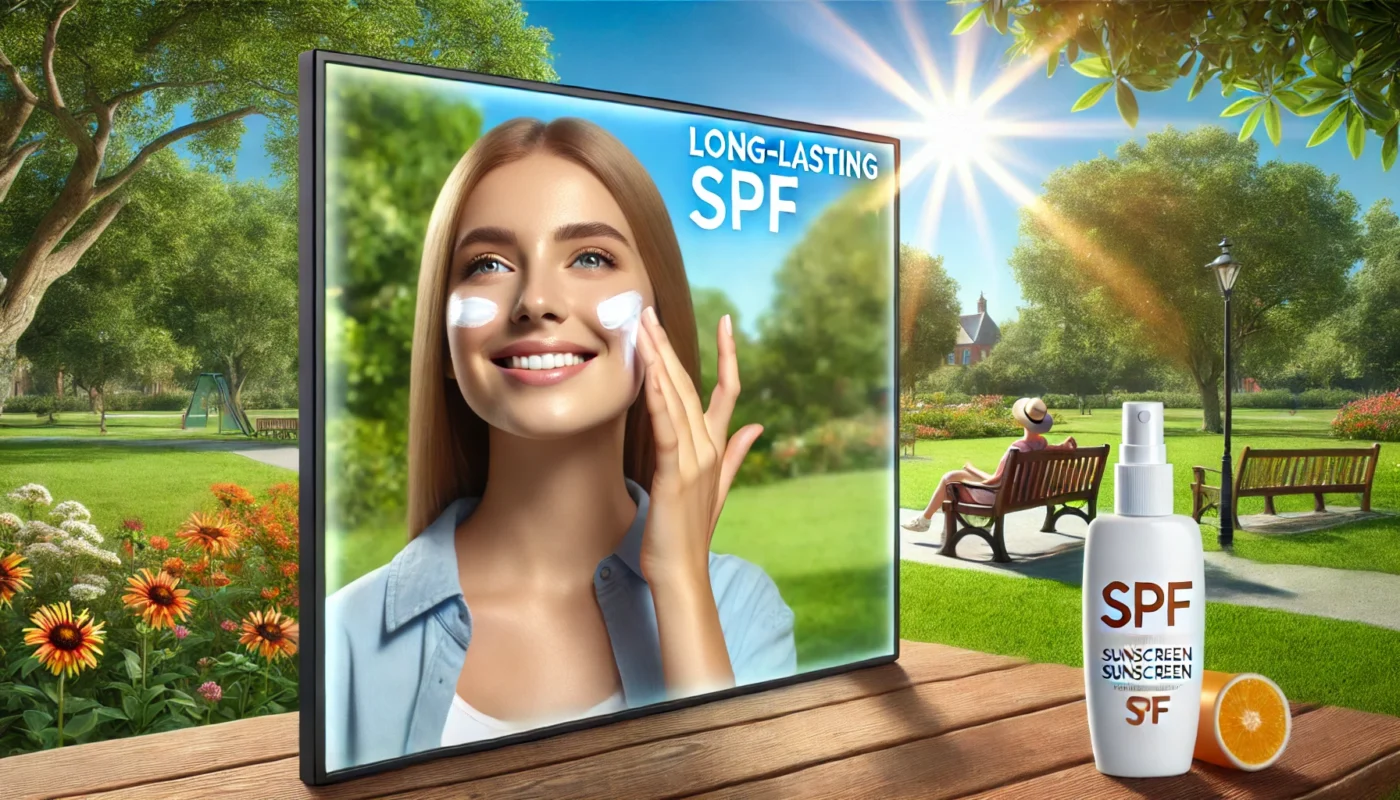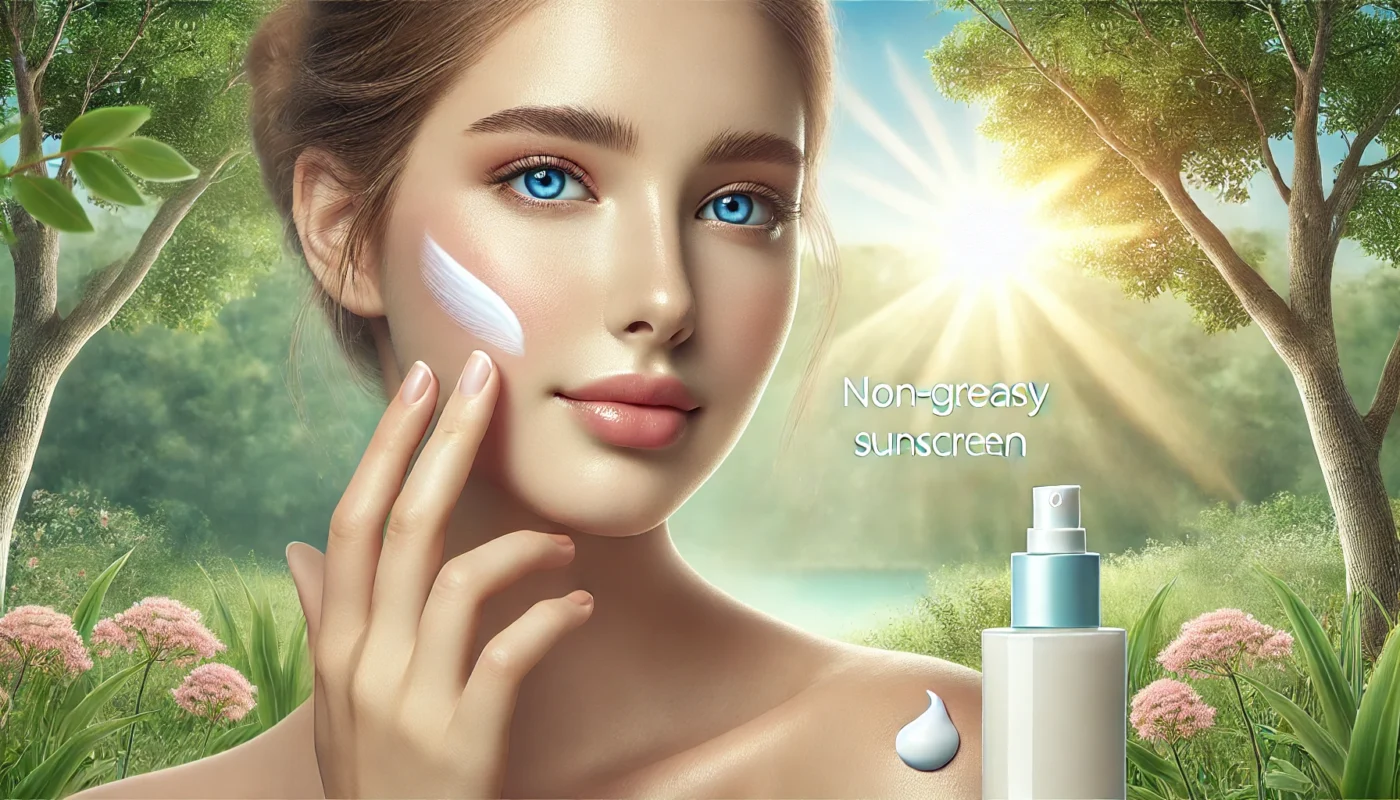Myths surrounding sunscreen abound, leading to confusion about how often and how much should be applied. In this section, we’ll explore prevalent sunscreen myths and clarify the facts based on scientific research and expert recommendations.
Tag Archives: water-resistant sunscreen
When summer rolls around, one of the most delightful activities is diving into a pool or the ocean. However, with the sun at its peak, protecting your skin becomes a priority. Applying sunscreen is a crucial step before swimming, but how long should you wait before you take that plunge? In this comprehensive guide, we’ll explore the best practices for swimming post-sunscreen and ensure that your skin remains protected against harmful UV rays.
Sun protection is a crucial part of any skincare routine. It shields our skin from harmful UVA and UVB rays.
But not all sunscreens are created equal. Some can leave a greasy residue, making your skin feel oily.
This can be a particular issue for those with oily or acne-prone skin. It can also be a nuisance for fitness enthusiasts who don’t want their sunscreen to interfere with their workout.
Enter non-oily sunscreens. These products offer the same protection without the greasy feel. They’re a game-changer for those who want to protect their skin without the shine.
In this guide, we’ll delve into the world of non-oily sunscreens. We’ll explore the science behind these formulations and how they can benefit your skin.
When it comes to safeguarding your skin from the sun’s harmful rays, choosing the right sunscreen is crucial. But with so many options available, is there a sunscreen that lasts all day? In this comprehensive guide, we’ll delve into the intricacies of sun protection, explore the science behind SPF, and offer practical advice for selecting a sunscreen that provides long-lasting protection.
Understanding SPF and Its Importance
What is SPF?
SPF, or Sun Protection Factor, is a measure of how well a sunscreen can protect skin from UVB rays, the kind of radiation that causes sunburn and contributes to skin cancer. SPF is a relative measure, indicating how much longer you can stay in the sun without burning compared to unprotected skin.
For example, if you would normally burn in 10 minutes without protection, an SPF 30 product should theoretically allow you to stay in the sun 30 times longer, or 300 minutes, without burning. However, this is an ideal scenario, and various factors can affect actual protection. These factors include the amount of sunscreen applied, the individual’s skin type, and environmental conditions, which can all alter the effectiveness of the SPF rating.
Sun protection is a crucial part of any health and wellness routine. It’s not just about avoiding sunburns, but also about protecting your skin from harmful UVA and UVB rays.
These rays can cause premature aging and increase the risk of skin cancer. But not all sunscreens are created equal.
For those with oily or acne-prone skin, a greasy sunscreen can feel heavy and uncomfortable. It can also exacerbate skin issues. That’s where non-greasy sunscreens come in.
Non-greasy sunscreens offer the same protection without the oily sheen. They feel lightweight on the skin, making them a preferred choice for many.
In this guide, we’ll delve into the world of non-greasy face sunscreens. We’ll explore the science behind them, review top-rated products, and provide practical tips for incorporating sun protection into your daily routine.
Choosing the right sun tan lotion for your face is more than just a beauty decision. It’s a crucial step in maintaining your skin’s health and preventing premature aging.
Understanding the science behind sun protection can be daunting. With terms like UVA, UVB, SPF, and broad-spectrum, it’s easy to feel overwhelmed.
But don’t worry.
This guide is here to help. We’ll break down the complex information into easy-to-understand concepts. We’ll explain the difference between chemical and physical sunscreens, and the role of antioxidants in sun tan lotions.
We’ll also guide you on how to choose the right sun tan lotion for your specific skin type. Whether you have oily, dry, combination, or sensitive skin, there’s a product out there for you.
For the fitness enthusiasts, health enthusiasts, and medical patients among you, we’ll provide practical tips. These will help you incorporate sun protection into your daily routine and manage any existing skin conditions.
By the end of this guide, you’ll be well-equipped to make an informed decision. You’ll know how to choose the best sun tan lotion for your face, and how to use it effectively.






